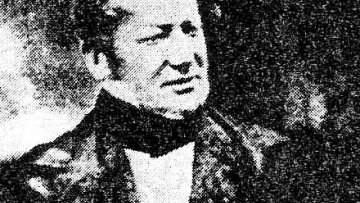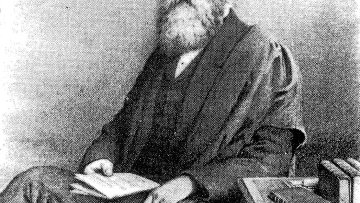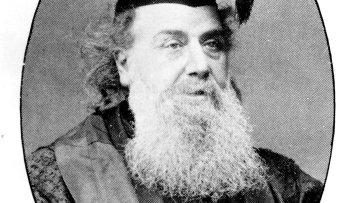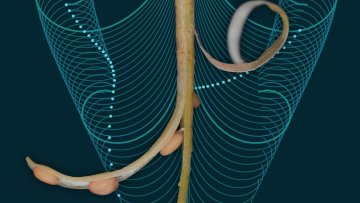Finiteness properties of subgroups of direct products of surface groups
Abstract
We will explain a result of Bridson, Howie, Miller and Short on the finiteness properties of subgroups of direct products of surface groups. More precisely, we will show that a subgroup of a direct product of n surface groups is of finiteness type $FP_n$ if and only if there is virtually a direct product of at most n finitely generated surface groups. All relevant notions will be explained in the talk.
16:30
Counting Designs
Abstract
A Steiner Triple System on a set X is a collection T of 3-element subsets of X such that every pair of elements of X is contained in exactly one of the triples in T. An example considered by Plücker in 1835 is the affine plane of order three, which consists of 12 triples on a set of 9 points. Plücker observed that a necessary condition for the existence of a Steiner Triple System on a set with n elements is that n be congruent to 1 or 3 mod 6. In 1846, Kirkman showed that this necessary condition is also sufficient. In 1974, Wilson conjectured an approximate formula for the number of such systems. We will outline a proof of this
conjecture, and a more general estimate for the number of Steiner systems. Our main tool is the technique of Randomised Algebraic Construction, which
we introduced to resolve a question of Steiner from 1853 on the existence of designs.
The Mathematical Institute at the University of Oxford has been awarded a new Regius Professorship as part of the Queen’s 90th birthday celebrations.
Twelve new Regius Professorships – rare, sovereign-granted titles recognising the most outstanding levels of research in their fields – were awarded to leading British universities to mark the milestone. This is the first time since 1842 that Oxford has been awarded a Regius Professorship.
Black Holes and Higher Derivative Gravity
Abstract
Our latest Oxford Mathematicians are the three Savilian Professors of Geometry who dominated Oxford’s mathematical scene during the Victorian era: Baden Powell (1796–1860), Henry John Stephen Smith (1826–83) and James Joseph Sylvester (1814–97). None was primarily a geometer, but each brought a different contribution to the role. Find out more.
Matrix factorisation of Morse-Bott functions
Abstract
For a holomorphic function (“superpotential”) W: X —> C on a complex manifold X, one defines the (2-periodic) matrix factorisation category MF(X;W), which is supported on the critical locus Crit(W) of W. At a Morse singularity, MF(X;W) is equivalent to the category of modules over the Clifford algebra on the tangent space TX. It had been suggested by Kapustin and Rozansky that, for Morse-Bott W, MF(X;W) should be equivalent to the (2-periodicised) derived category of Crit(W), twisted by the Clifford algebra of the normal bundle. I will discuss why this holds when the first neighbourhood of Crit(W) splits, why it fails in general, and will explain the correct general statement.
Plants use many strategies to disperse their seeds, but among the most fascinating are exploding seed pods. Scientists had assumed that the energy to power these explosions was generated through the seed pods deforming as they dried out, but in the case of ‘popping cress’ (Cardamine hirsuta) this turns out not to be so. These seed pods don’t wait to dry before they explode.






